Nafplio
26 July 2024
Nafplio,Nauplion or Anapli, the capitol of Argolis, is one of the best known and most beautiful cities in Greece. Apart from its administrative function it is also an important tourist centre, busy all year round.
According to legend, the city takes its name from its founder, Nauplios, the son of Poseidon and Amimoni. In ancient times Nauplion was basically overshadowed by Argos, which used it as a port from the 7th century BC.
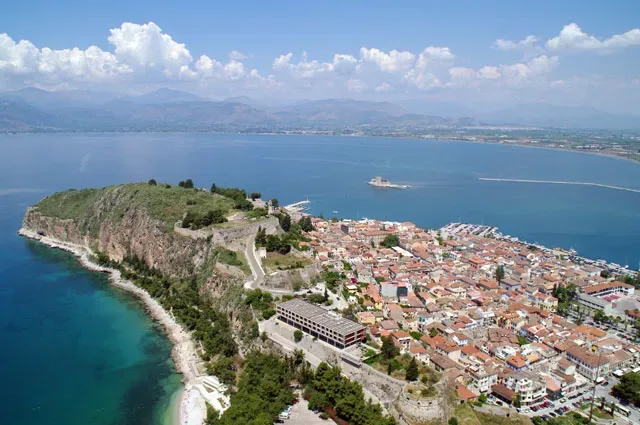
During Byzantine times and from the 11th century onwards, its importance as a major trading centre increased steadily. A very important figure in the history of the city was Leo Sgouros, the ruler of Nauplion from about 1200. Whishing to extend his authority, he reached as far as Larissa in 1204. Further advancement was curtailed by the crusaders of the 4th crusade, who seized all the lands he had conquered, including Nauplion, between 1210 and 1212.
From then on, Nauplion went through a series of occupations: first the Franks, then the Venetians followed by the Ottoman Turks who lost control to the Venetians for a short while, before retaking the city.
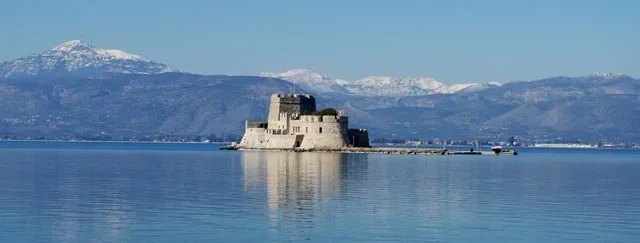
The city of Nauplion, or the Napoli di Romania as it was named by the Venetians, took shape during the first Venetian occupation, when, towards the end of the 15th century, artificial banks were built into the sea to form the lower city. Today, this area is regarded as the historical centre of the modern city. Until that time habitation had only been possible on the rock of the Acronauplia. Other notable works of the period are the Castello di Toro and the Bourtzi.
In 1540, after a three-year siege, Nauplion surrendered to the Turks. During the first Turkish occupation of the city, which lasted from 1540 to 1686, Nauplion seems to have enjoyed special rights and privileges, especially towards the middle of the 17th century. In fact, it became the capitol of the Peloponnesus and the headquarters of the Turkish commander, Mora-Pasha.
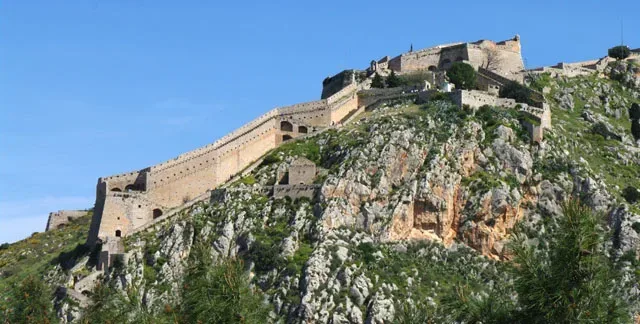
In 1686, the Venetians, lead by the highly capable general, Francesco Morosini, b and hold onto it for the short period until 1715. Nauplion became a very important city during this period as the capitol of the Morean kingdom. The greatest work carried out during the second Venetian occupation is without doubt the Fort of Palamidi.
The second and harsher Turkish occupation began in 1715 and the city began to fall into decline, especially after the headquarters of the Pasha were moved to Tripoli. According to the descriptions of foreign travellers of the time, the city was mostly occupied by Turks and a few Christians who were restricted to the Psaromachalas area. Many homes were abandoned; the harbour filled with rubbish and the stench was unbearable.
On the night of 29th November in 1822, after many months of siege, the Palamidi fell to the Greeks as the result of a surprise attack led by Staikos Staikopoulos. From then on, the city began to develop at great speed and crowds of refugees flooded in from the surrounding areas that were still under the yoke of Turkish rule. The situation in the city is elegantly brought to life by Dimitrios Vyzantios in his popular play, ‘Babylon’, which is set in Nauplion in 1827.
The city reached the peak of its glory when it became the capitol of the Greek state from 1827 to 1834. On the 8th January 1828 the first governor of Greece, Ioannis Kapodistrias, alighted at Nauplion. The city was full of cafes, and in the salons of notable local families there were balls and literary soirees. A printing press was established and for a short while there was a reading room.
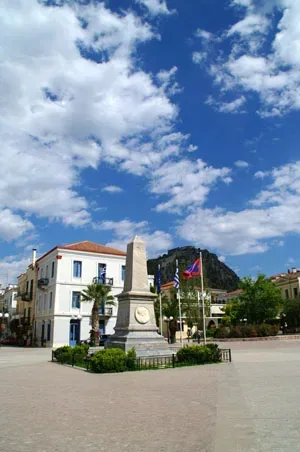
On 27th September 1831 Ioannis Kapodistrias was murdered outside the church of Agios Spiridon and, on 25th January 1833, the people of Nauplion welcomed Otto, the first king of Greece. He remained in Nauplion for a short while, until around the end of 1834 when the capitol of Greece was moved to Athens.
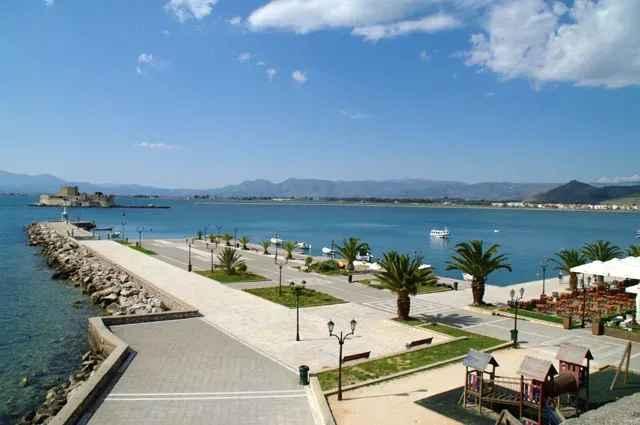
The last time that Nauplion became the centre of events was in 1862, when, during February of that year, the Nauplian revolution against Otto broke out. This event became known as the Nafpliaka.
After the Naupliaka, the city once again fell into decline. Nowadays, Nauplion is a provincial town, which, over the last few years, has developed into a popular destination for Greek and foreign tourists.
More information about monuments and places of interest within and outside the city of Nafplio you can find in the “Archaeological Sites – Points of Interest“.
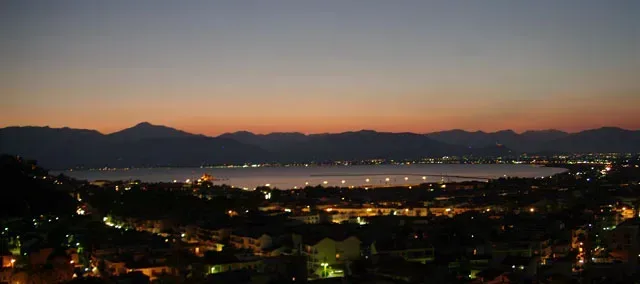
Geographical Coordinates
Syntagma Square – Old Town Centre
- Google Map
- 37.56682020142969, 22.796642296301908




